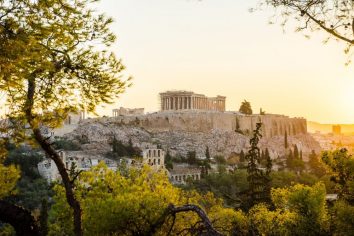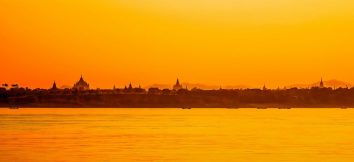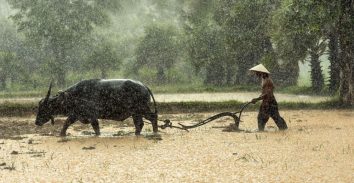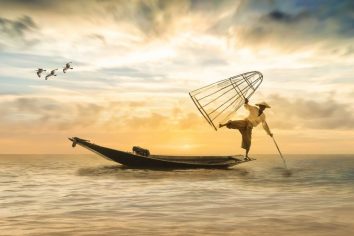Sri Lanka: Paradise Island in the Indian Ocean
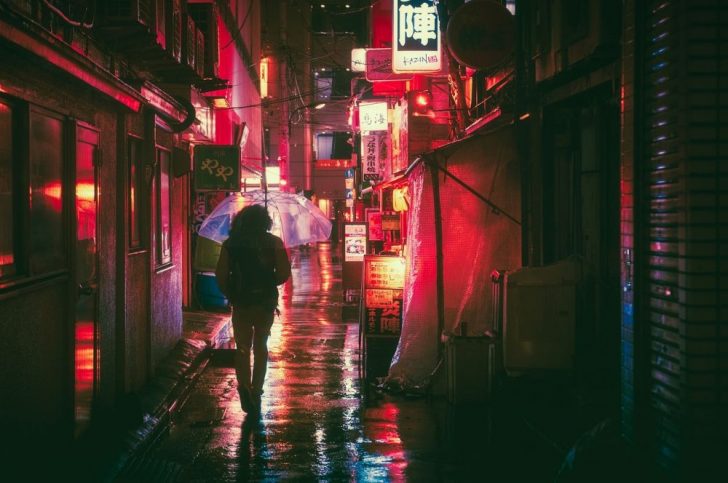
Introduction:
Located in the Indian Ocean, Sri Lanka is a captivating country that offers a blend of rich cultural heritage, picturesque landscapes, and pristine beaches. For travelers and adventure enthusiasts seeking a unique and diverse experience, Sri Lanka is an ideal destination. In this article, we will explore the key aspects of Sri Lanka, providing valuable insights for those interested in discovering this enchanting island nation.
Historical Evolution of Sri Lanka:
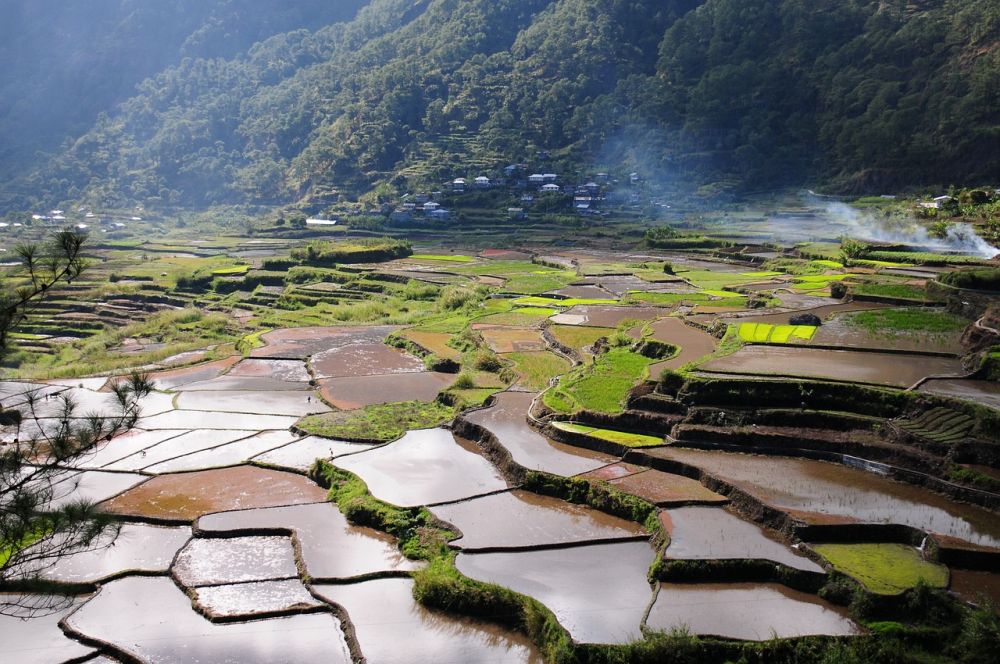
Sri Lanka has a fascinating history that dates back over 2,500 years. The island has been influenced by various cultures, including Indian, Arab, and European civilizations. The ancient city of Anuradhapura, which was established in the 4th century BC, served as the capital of Sri Lanka for more than a millennium. This city is renowned for its well-preserved ruins, including massive stupas and ancient monasteries.
During the colonial era, Sri Lanka was under the rule of the Portuguese, Dutch, and finally, the British. These colonial influences are evident in the architecture and culture of cities like Galle, where the Dutch fort still stands as a reminder of the past. The island gained independence in 1948, marking a significant turning point in its history.
Key Attractions and Landmarks:
Sri Lanka boasts a multitude of attractions that cater to a wide range of interests. The country is renowned for its stunning wildlife, and a visit to one of the national parks, such as Yala or Udawalawe, is a must for nature lovers. These parks are home to elephants, leopards, and a myriad of bird species.
For those seeking cultural immersion, the ancient city of Polonnaruwa is a UNESCO World Heritage Site that showcases the country’s rich architectural heritage. The sacred city of Kandy, with its revered Temple of the Tooth Relic, offers a glimpse into the spiritual aspects of Sri Lankan culture.
The idyllic beaches of Sri Lanka are another major draw for travelers. From the golden shores of Bentota to the untouched beauty of Arugam Bay, there is a beach to suit every taste. The coastal town of Mirissa is particularly famous for its whale-watching opportunities, allowing visitors to witness the majestic creatures in their natural habitat.
Practical Information for Travelers:
Before embarking on a journey to Sri Lanka, it is essential to be aware of certain key aspects. The official language is Sinhalese, although English is widely spoken in tourist areas. The local currency is the Sri Lankan Rupee (LKR), and it is recommended to carry some cash as credit cards may not be accepted everywhere.
Sri Lanka experiences two monsoon seasons, with the southwest monsoon bringing rains from May to September, while the northeast monsoon occurs from October to January. The best time to visit the western and southern coastal regions is from December to March when the weather is dry and sunny.
[Suggestion:
(Insert Video Here)]
Conclusion:
Sri Lanka, with its rich history, diverse landscapes, and warm hospitality, is a treasure trove waiting to be explored. From ancient ruins to abundant wildlife, this paradise island caters to the interests of every traveler. Whether indulging in the local cuisine, exploring ancient temples, or simply lounging on pristine beaches, Sri Lanka promises a memorable adventure. Start planning your journey to this enchanting destination and be prepared to be captivated by the beauty of Sri Lanka.
References:
– Lonely Planet. “Sri Lanka Travel.” [Online]. Available: [Link]
FAQ
What are some of the key attractions in Sri Lanka?
When is the best time to visit Sri Lanka?
What practical information should I know before traveling to Sri Lanka?
Flere Nyheder
Thailand Rejse: Oplev Det Ultimative Eventyrland
Introduction: Located in the Indian Ocean, Sri Lanka is a captivating country that offers a blend of rich cultural heritage, picturesque landscapes, and pristine beaches. For travelers and adventure enthusiasts seeking a unique and diverse experience...
18 januar 2024
Rejse til Vietnam: Oplev historie og eventyr i et land i rivende udvikling
Introduction: Located in the Indian Ocean, Sri Lanka is a captivating country that offers a blend of rich cultural heritage, picturesque landscapes, and pristine beaches. For travelers and adventure enthusiasts seeking a unique and diverse experience...
18 januar 2024
Rejse Thailand: Oplev den ultimative eventyrdestination i Sydøstasien
Introduction: Located in the Indian Ocean, Sri Lanka is a captivating country that offers a blend of rich cultural heritage, picturesque landscapes, and pristine beaches. For travelers and adventure enthusiasts seeking a unique and diverse experience...
18 januar 2024
